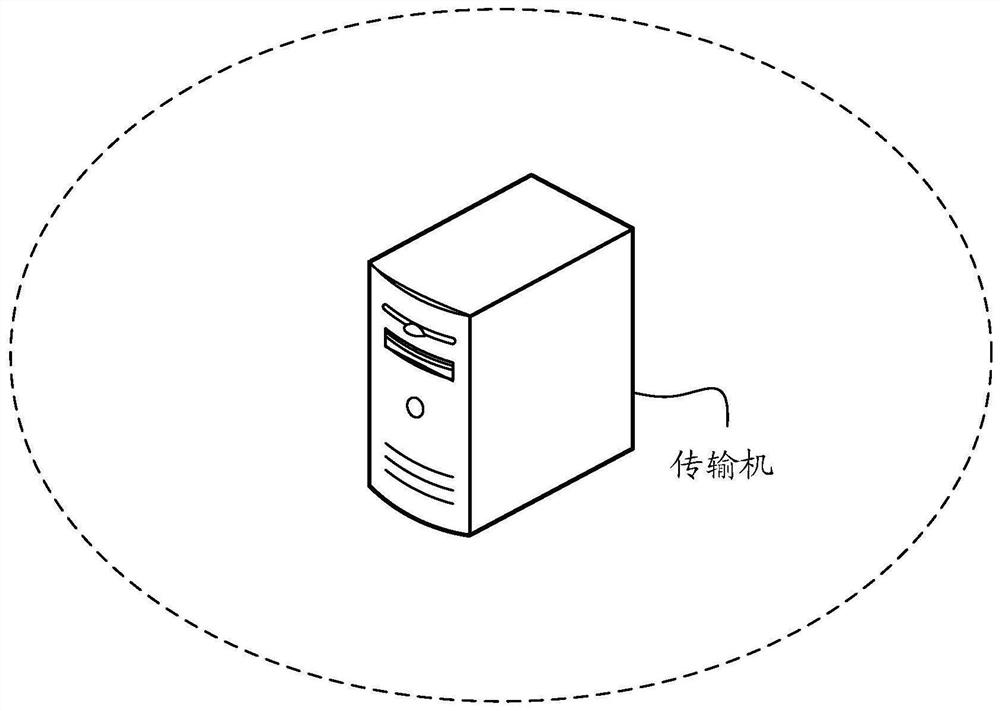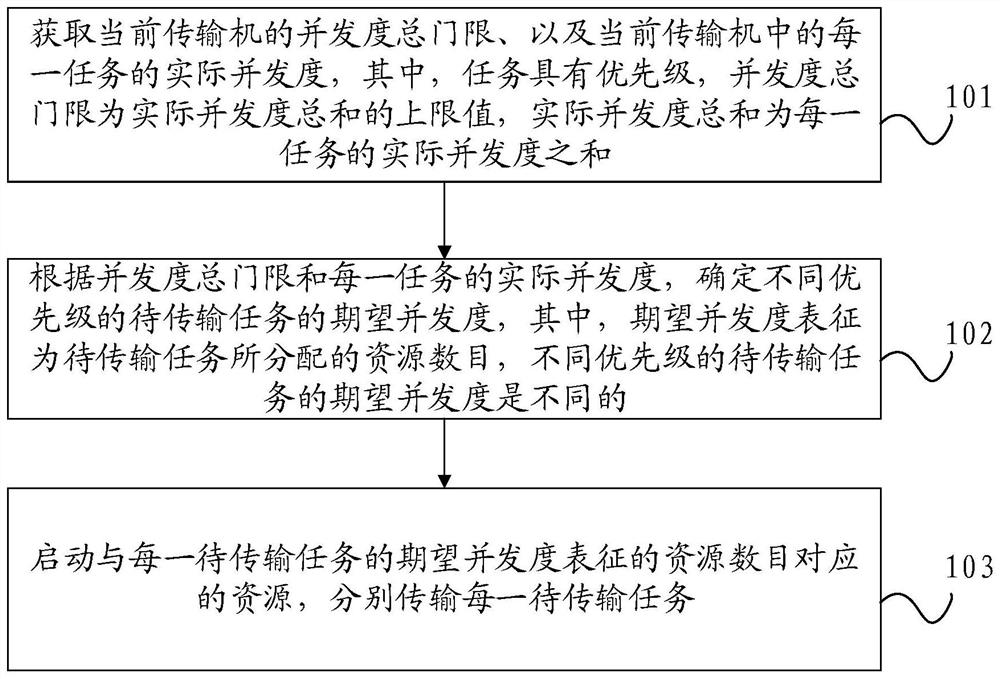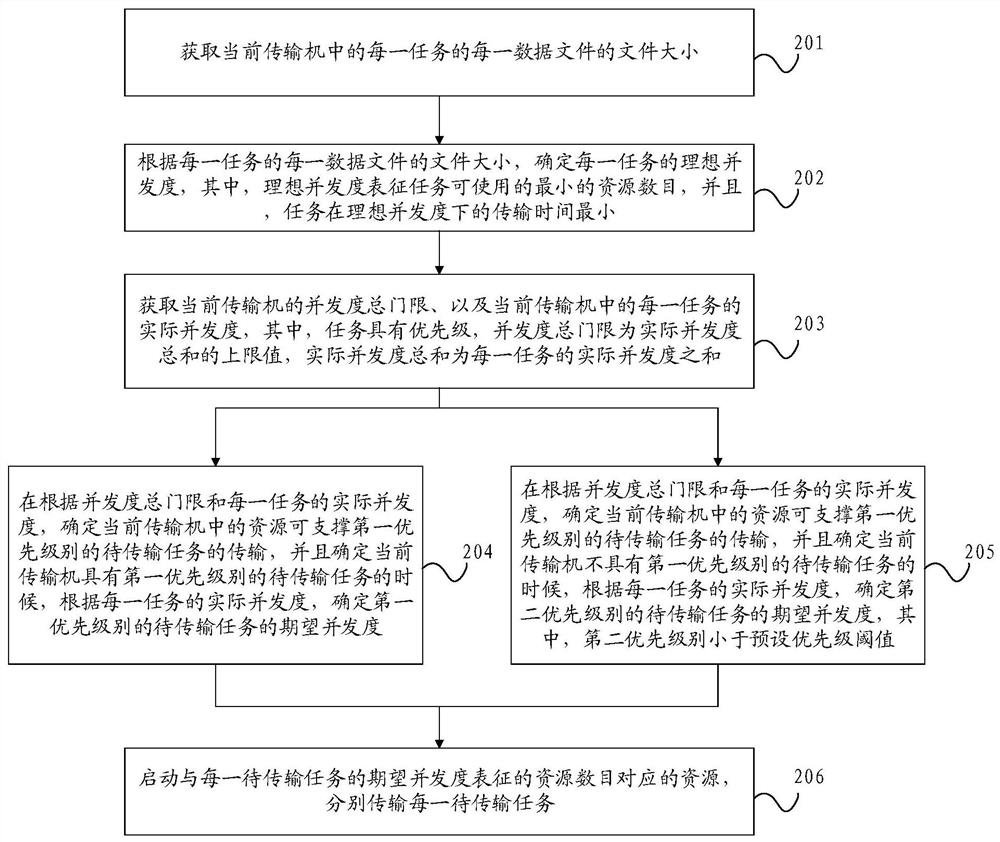Data transmission method and device based on transmission machine, equipment and storage medium
A data transmission method and transmission machine technology, applied in the field of big data in computer technology, can solve the problems of waste of resources, idle resources, and transmission delay of data transmission tasks.
- Summary
- Abstract
- Description
- Claims
- Application Information
AI Technical Summary
Problems solved by technology
Method used
Image
Examples
Embodiment approach
[0371] Moreover, in an example, the network speed limitation in step 602 specifically includes the following implementation methods, namely "the first implementation method of network speed limitation in step 602" and "the second implementation method of network speed limitation in step 602" Way":
[0372] In the first implementation mode of limiting the network speed in step 602, when the server determines that the current transmission machine meets the requirements of free competition according to the state identification of each transmission machine, the limited network speed of the current transmission machine is determined by the server according to the free competition method of.
[0373] In one example, the first implementation manner specifically includes: when the server determines that the current transmitter meets the requirement of free competition according to the state identifier of each transmitter, the current transmitter meets the first preset condition, and t...
PUM
 Login to View More
Login to View More Abstract
Description
Claims
Application Information
 Login to View More
Login to View More - R&D
- Intellectual Property
- Life Sciences
- Materials
- Tech Scout
- Unparalleled Data Quality
- Higher Quality Content
- 60% Fewer Hallucinations
Browse by: Latest US Patents, China's latest patents, Technical Efficacy Thesaurus, Application Domain, Technology Topic, Popular Technical Reports.
© 2025 PatSnap. All rights reserved.Legal|Privacy policy|Modern Slavery Act Transparency Statement|Sitemap|About US| Contact US: help@patsnap.com



